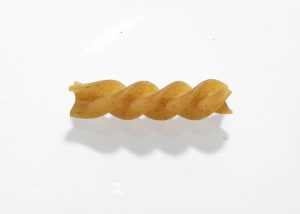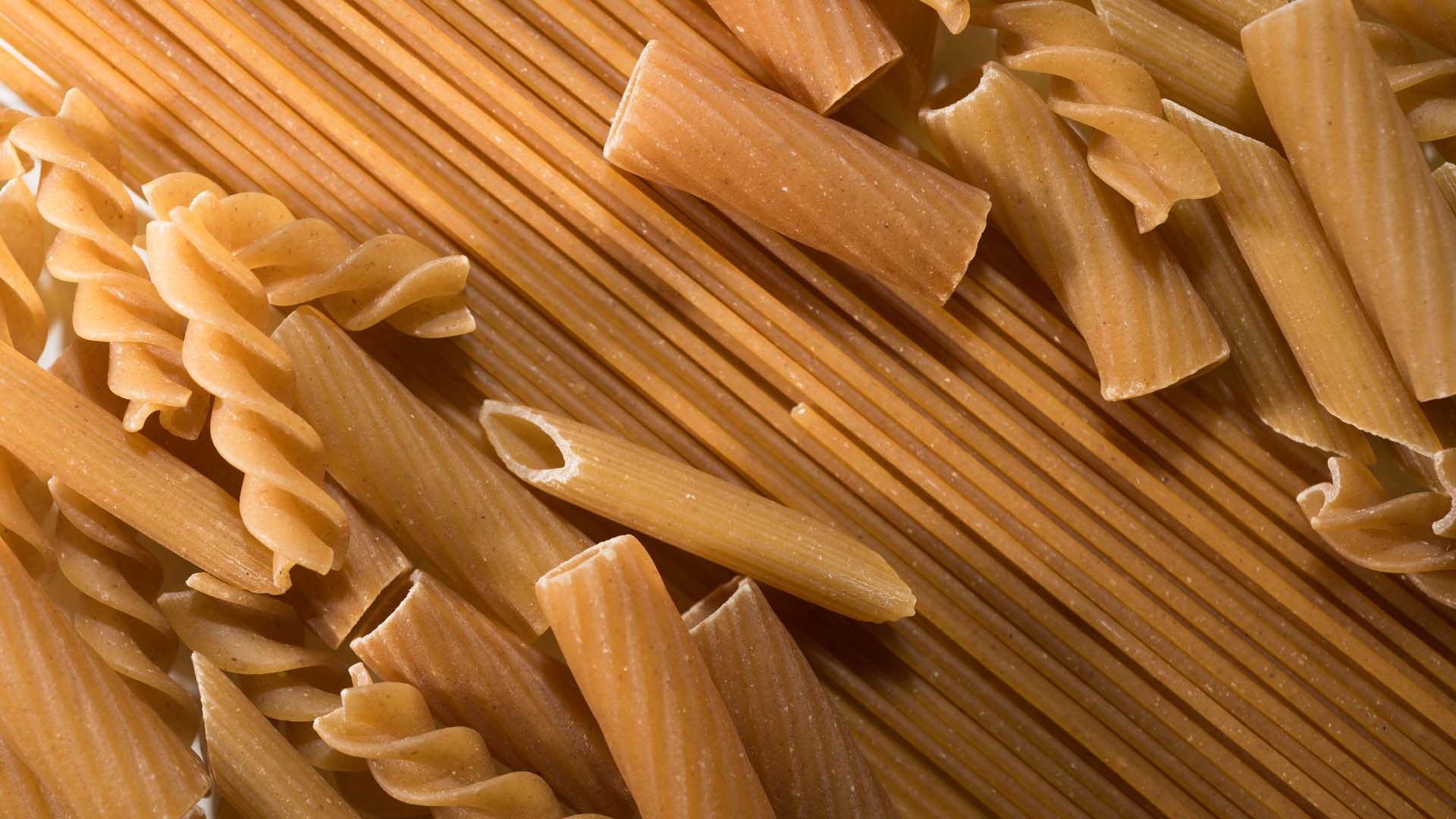The whole-wheat pasta has put the major nutritionists in agreement: it is good for health and helps to lose weight. Consumption has increased significantly in recent years and the market rewards the traceability of those who document the quality of raw materials. Like the pasta factory GHIGI 1870 S.p.A., based in San Clemente (Rimini – Italy), which offers a certified product, obtained with 100% Italian wheat.
Pasta Hurrah!
 Until a few years ago pasta was banned from all diets, it was “sin” only mentioned it (of course, gluttony sin). Recently instead pasta has entered fully into the category of foods recommended by nutritionists. This is not a trend reversal due to a fad, but to the relationship between benefits and contraindications of whole-wheat flour versus refined flour. According to the data, experts tell us that: whole-wheat slows the assimilation of fats and sugars because it has a low glycemic index; gives a greater sense of satiety; is indicated for weight control; contains more minerals and vitamins (in particular Vitamin E, the antioxidant par excellence with anti-aging properties); offers a greater quantity of proteins (ideal for those who follow a vegan regime); is rich in polyphenols, essential fatty acids and phytoestrogens, these latter are particularly useful for women heart and bones health. In essence the whole-wheat pasta contains up to five times fibers more than white pasta and keeps intact the nutritional properties which, instead, are partly dispersed in the refining process. It follows that, in a balanced nutritional regime, the body needs a high quantity of fibers because, swelling during the digestive process, keeps you satiated longer, slows the absorption of carbohydrates and promotes the proper functioning of the intestine.
Until a few years ago pasta was banned from all diets, it was “sin” only mentioned it (of course, gluttony sin). Recently instead pasta has entered fully into the category of foods recommended by nutritionists. This is not a trend reversal due to a fad, but to the relationship between benefits and contraindications of whole-wheat flour versus refined flour. According to the data, experts tell us that: whole-wheat slows the assimilation of fats and sugars because it has a low glycemic index; gives a greater sense of satiety; is indicated for weight control; contains more minerals and vitamins (in particular Vitamin E, the antioxidant par excellence with anti-aging properties); offers a greater quantity of proteins (ideal for those who follow a vegan regime); is rich in polyphenols, essential fatty acids and phytoestrogens, these latter are particularly useful for women heart and bones health. In essence the whole-wheat pasta contains up to five times fibers more than white pasta and keeps intact the nutritional properties which, instead, are partly dispersed in the refining process. It follows that, in a balanced nutritional regime, the body needs a high quantity of fibers because, swelling during the digestive process, keeps you satiated longer, slows the absorption of carbohydrates and promotes the proper functioning of the intestine.
The Supply Chain Awards The GHIGI Pasta Factory
T hanks to recent processing techniques, whole-wheat pasta is also distinguished by its taste, much better than a few years ago. In fact, in the past, the whole grain of wheat was ground and the pasta had a slightly bitter aftertaste. Today, instead, the whole durum wheat is decorticated to eliminate the outermost part of the grain, the one rich in cellulose and so not very digestible, obtaining a product that maintains the most delicate fibers, suitable for our digestion, and which is tastier even for children. GHIGI 1870 S.p.A. uses only whole-wheat flour worked with this methodology and the result is supported by the increasing sales that led to the doubling of turnover in just two years: from 9 million euros in 2016 to 20 million forecasted for 2018. In a recent interview, the President, Mr. Filippo Tramonti, has stated: “Quality pays and today we are considered one of the best suppliers in the Italian scene. The law of a few months ago on labeling, which obliges us to report the origin of the product, has encouraged us to insist on the territory and enhance the wheat of our farmers”. Also, the increasingly numerous agreements signed by GHIGI with national and foreign food distribution chains go in this direction. The parties agree on supply chain contracts in which they establish together which variety of wheat to sow, in what quantity and at what price. The result is a significant qualitative and economic advantage for everyone, including farmers of the territory.
hanks to recent processing techniques, whole-wheat pasta is also distinguished by its taste, much better than a few years ago. In fact, in the past, the whole grain of wheat was ground and the pasta had a slightly bitter aftertaste. Today, instead, the whole durum wheat is decorticated to eliminate the outermost part of the grain, the one rich in cellulose and so not very digestible, obtaining a product that maintains the most delicate fibers, suitable for our digestion, and which is tastier even for children. GHIGI 1870 S.p.A. uses only whole-wheat flour worked with this methodology and the result is supported by the increasing sales that led to the doubling of turnover in just two years: from 9 million euros in 2016 to 20 million forecasted for 2018. In a recent interview, the President, Mr. Filippo Tramonti, has stated: “Quality pays and today we are considered one of the best suppliers in the Italian scene. The law of a few months ago on labeling, which obliges us to report the origin of the product, has encouraged us to insist on the territory and enhance the wheat of our farmers”. Also, the increasingly numerous agreements signed by GHIGI with national and foreign food distribution chains go in this direction. The parties agree on supply chain contracts in which they establish together which variety of wheat to sow, in what quantity and at what price. The result is a significant qualitative and economic advantage for everyone, including farmers of the territory.



